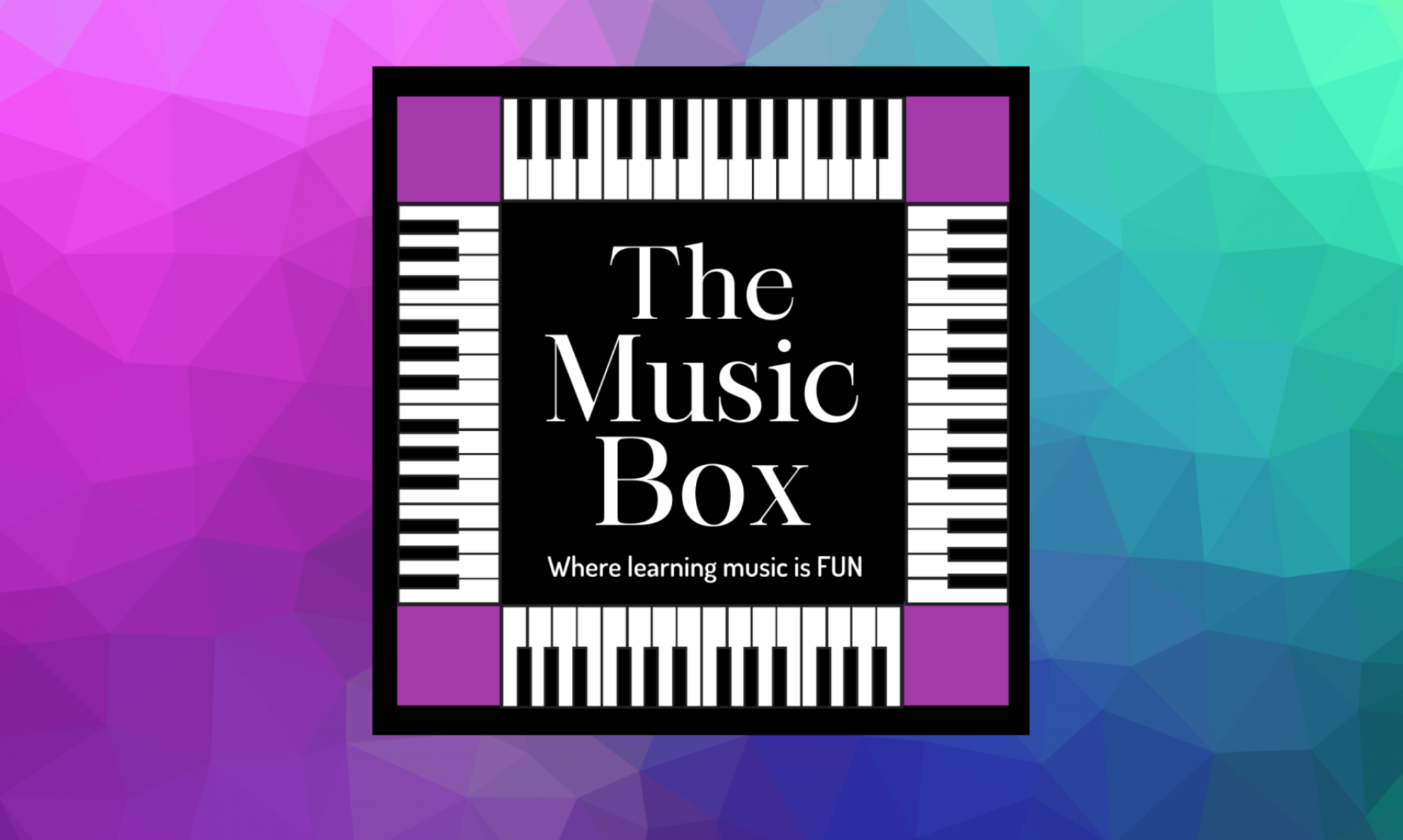The jaw bone’s connected to the finger bones?!
 I always loved that song, “D’em Bones”. It’s a good reminder that none of our body parts work independently. They are all connected. I know what you’re thinking. I’ve got the lyrics all wrong. The jaw bone’s connected to the finger bones???? Ok, you got me.. that is NOT how the song goes….but in music class, that is exactly how things work.
I always loved that song, “D’em Bones”. It’s a good reminder that none of our body parts work independently. They are all connected. I know what you’re thinking. I’ve got the lyrics all wrong. The jaw bone’s connected to the finger bones???? Ok, you got me.. that is NOT how the song goes….but in music class, that is exactly how things work.
When I was a child, learning the ins and outs of rhythm, my teacher dutifully counted the beats out loud as I played. Then, during practice time, my grandma would repeat the same chant over and over…1 and 2 and 3 and. I am not sure if the chanting lulled me into a state of subconscious where the music magically implanted itself in my brain, or if I was one of those lucky people for whom rhythm was natural, but either way, the counting usually worked for me.
When I began teaching I discovered that not all students find counting and rhythm to be a natural occurrence. Over the years I have spent many lessons drawing beats and colouring the portions allotted to each note for students who just couldn’t seem to feel, hear or understand how the rhythm was important. We would tap the rhythm with wooden spoons (I had painted in wild colours to make them fun) and I would count out loud so emphatically that later I was counting “1 and 2 and 3 and” in my sleep.
While I sometimes have had to turn myself inside out in the name of rhythm correctness, I am happily dedicated to this worthy cause. If you don’t believe that rhythm matters, try singing “Turkey in the Straw” using straight quarter notes (tas). You will find that without the rhythm the poor turkey is pretty lifeless and the song becomes hard to recognize.
So if counting out loud doesn’t work for everyone, what can you do to ensure you are playing the rhythm correctly? If you would ask one of my 3 yr old beginners, they would quickly tell you that you have to “Say the rhythm!”
If you are saying “ta titi half note”, it is unlikely that your fingers will play anything else. Why???? ….because your jaw bone’s connected to your finger bones…. It sounds crazy but it works every time.
Of course, the best way to develop rhythm is to be exposed to music from an early age. The earlier the better. Like language, music is acquired through repetitive experience while the brain is pliable and the neural connectivity is at its’ peak. Sing and dance with your children often. Read poems and Dr. Seuss books together. Say nursery rhymes together. All of these activities develop a sense of rhythm.
For older students who may be struggling with a specific passage in a piece, there are ways you can tackle those tricky spots. For difficult rhythm passages I usually create a sentence that shares the same rhythm. “Ti ticka ti ticka titi ta” may become “My little dog has a real big bark!” You will likely remember the sentence well because it is a “chunk” of information and magically, the rhythm issues will be issues no more.
Rhythm is important…just as important as playing the right notes. Rhythm adds flavour and gives the music direction. While not all rhythms are simple, IF YOU CAN SAY IT YOU CAN PLAY IT!! Keep practicing! : )
